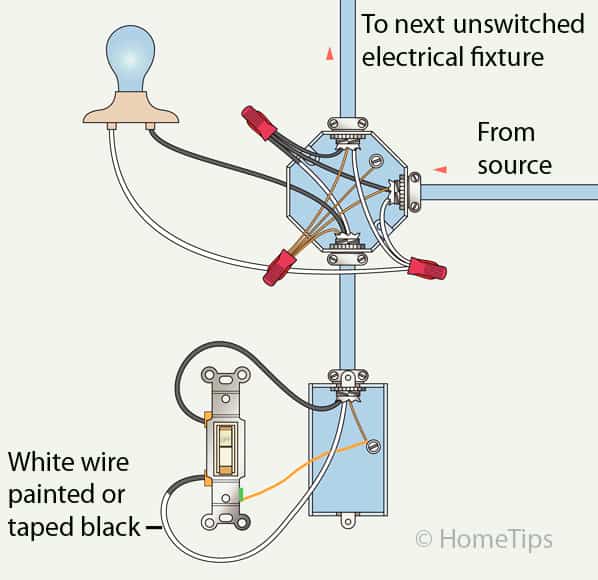

If you want to completely remove the switch covers from the wall to decorate behind, you must also safely isolate that light circuit first and also note where the conductors go. Make sure the covers are back on securely before turning the lighting circuit back on. To do this simply turn of the circuit breaker for that circuit. Now it is safe to unscrew the covers and pull them slightly away from the wall. If you are simply unscrewing the switch cover, pulling the cover away from the wall, and not removing the conductors, then it is important you first safely isolate that circuit. I’m decorating my home, can I remove the switch covers? The cable from my ceiling rose is coming loose and I can see cable, what should I do?ĭue to cable being fiddly to replace, an electrician will need to come in and replace your whole lighting fixture to ensure it is safe for you to use. It will need replacing, as the light bulb cover (the shroud) is there to protect you from touching any live parts. My lighting pendant case is damaged? What should I do? As soon as you start to hear a click sound, call an electrician. Electricity is like a balloon and it expands and collapses in a cycle of 50 times a second, which means it’s slowly undoing the small screw terminals because they get hot, cold, hot, cold, and expand and contract each time.Īs soon as they undo a certain amount, the cable inside the screw terminal wobbles and you get a clicking sound, as it is jumping with the electricity. If you hear clicking that means there is a loose connection and it’s arcing. If the ceiling rose starts to smell, it could have burning inside. This loosens the cable and leads to wire colours showing through and connections loosening inside. Danger 3Ĭheck the top of the cable leading to the light, from the ceiling rose, as when changing a light fitting, people often hang on it. Danger 2Ĭheck the cable end that connects to the light fitting to see if any of the wire colours are showing. visible cracks, burn marks, signs of wear. There are three main types of switches: a single that has one switch and goes on and off, a two way switch is one or more lights from two positions (top and bottom stairs), and an intermediate switching switches 1 or more lights on from 3 or more positions (open plan room with 3 or more entrances).Īs seen in the diagram above, the cable that controls the switch contains the switchline, line and earth wires.Ĭheck the collar of the bayonet for any signs of damage, e.g. The light cable is connected to the switch line and neutral wires, which gives the power to make the light work. Power comes into the light via a cable from the consumer unit, containing line, neutral and earth wires. Inside the ceiling rose of a pendant light there are four terminals: loop in, neutral, switchline, earth. Loop in allows you to carry electricity from one lamp to another lamp. The line conductor is used in the switchline and loop in terminals. Earth is identified by green and yellow sheathing, neutral is blue and line is brown. Important parts of the pendant light are the ceiling rose, the cables that connect within the ceiling rose, the shroud that protects you and the light bulb fitting.Ĭabling used for lighting circuits is two core and earth, which include a line, neutral and an earth core. And the stair light would probably just be a 6 watt LED bulb, so having it on when the rest of the basement lights were on wouldn't matter much at all.The most common light in homes is a pendant, from which you can hang a variety of lamp shades, fixtures and chandeliers. I'll never want the stair light on without the rest of the basement lights. And it wouldn't act as a 'bridge' to feed power form once circuit back into the other, so that one switch would turn on both sets of basement lights. So then I got to wondering, does anyone make a very basic light fixture that has a relay or something similar built in, so that you could hook up two separate circuits to the light, and if either circuit (or both circuits) were on, the light would go no? Ideally not twice as bright if both were on. One little light bulb on the ceiling is all I need. But I don't want to have to deal with upgrading boxes and installing new switches and running all that extra wire. Well, now there are stairs, and a dark stairwell that's walled on on both sides on both floors. But when we installed this, there were no stairs or stairwell (long story). One pair by the top of the stairs and the other by the external door to the basement. They are 2-way switches, so there are actually 4 switches. There are two switches, each switch does half the lights. I recently installed a bunch of florescent lights in my basement.


 0 kommentar(er)
0 kommentar(er)
